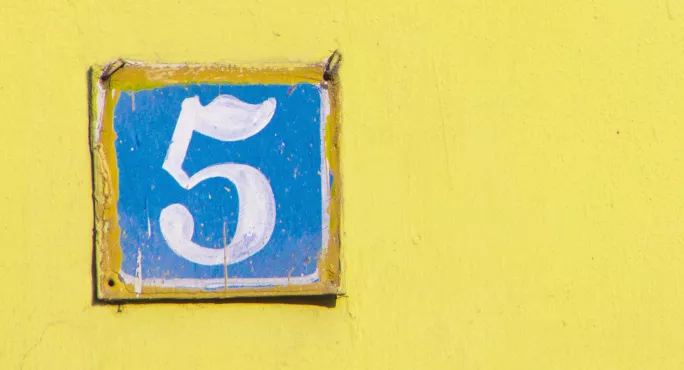Top grades and standard passes are up
Across the UK, the percentage of entries graded A/7 and above rose to 20.5 per cent this year - up 0.5 percentage points on 2017. It was the first time the proportion of top grades had increased since 2011.
The proportion of entries achieving C/4 rose from 66.4 per cent last year to 66.9 per cent this year.
Passes at G/1 and above fell marginally from 98.4 per cent in 2017 to 98.3 per cent this year.
Boys narrow the gap
Boys have narrowed the gap with girls in terms of top grades and standard passes at GCSE.
This year, across the UK, 17.2 per cent of GCSE entries by male pupils were awarded an A/7 grade or above - up 0.8 percentage points on last year’s figure of 16.4 per cent.
The proportion of female entries achieving an A/7 or above did not change on last year, staying at 23.7 per cent.
At C/4 and above, 62.3 per cent of male entries achieved this threshold, compared with 61.6 per cent last year.
The performance of girls also improved for these grades but by a smaller amount, increasing from 71.1 per cent last year to 71.4 per cent this year.
Language entries rise
GCSE entries for modern foreign languages have increased for the first time since 2013.
Today’s GCSE results show that total MFL entries across the UK rose from 298,066 in 2017 to 299,172 this year - a 0.4 per cent increase.
This was against the backdrop of a 2.7 per cent decline in the 16-year-old population, which remains the age at which most pupils sit their GCSEs.
Northern Ireland has bragging rights
Northern Ireland was the highest performing home nation, with 29.4 per cent of entries achieving a grade A and above. This was followed by England, where 20.3 per cent of entries secured A/7 and above, with Wales bringing up the rear at 18.5 per cent.
However, divergent exam reforms in the three different countries may make it increasingly difficult to compare results in the coming years.
Science grades drop
This year saw a big shake-up in GCSE science. In England the old “core”, “additional” and “further additional” qualifications have been replaced with a new double award GCSE.
This has made comparisons with results in previous years difficult, though the Joint Council for Qualifications - which represents the exam boards - has come up with a proxy figure for 2017 against which to compare results.
Results in the double award were down this year across all the main grade thresholds. The proportion of UK entries at A/7 and above fell by 0.4 percentage points, C/4 and above fell by 0.6 percentage points and G/1 and above fell by 0.9 percentage points.
JCQ said this was probably partly explained by higher performing students opting to take separate GCSEs in biology, chemistry and physics following the government’s reforms.




